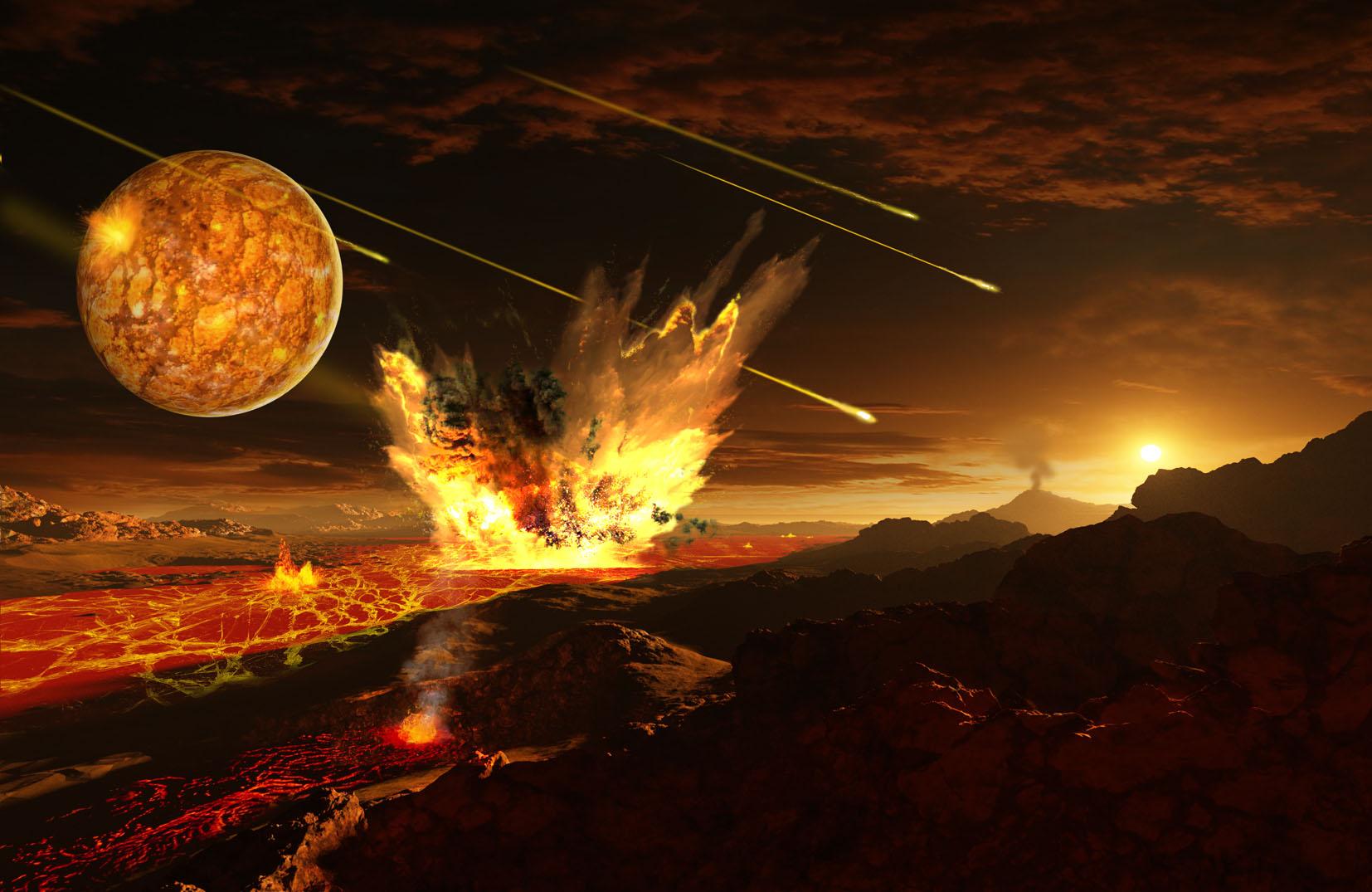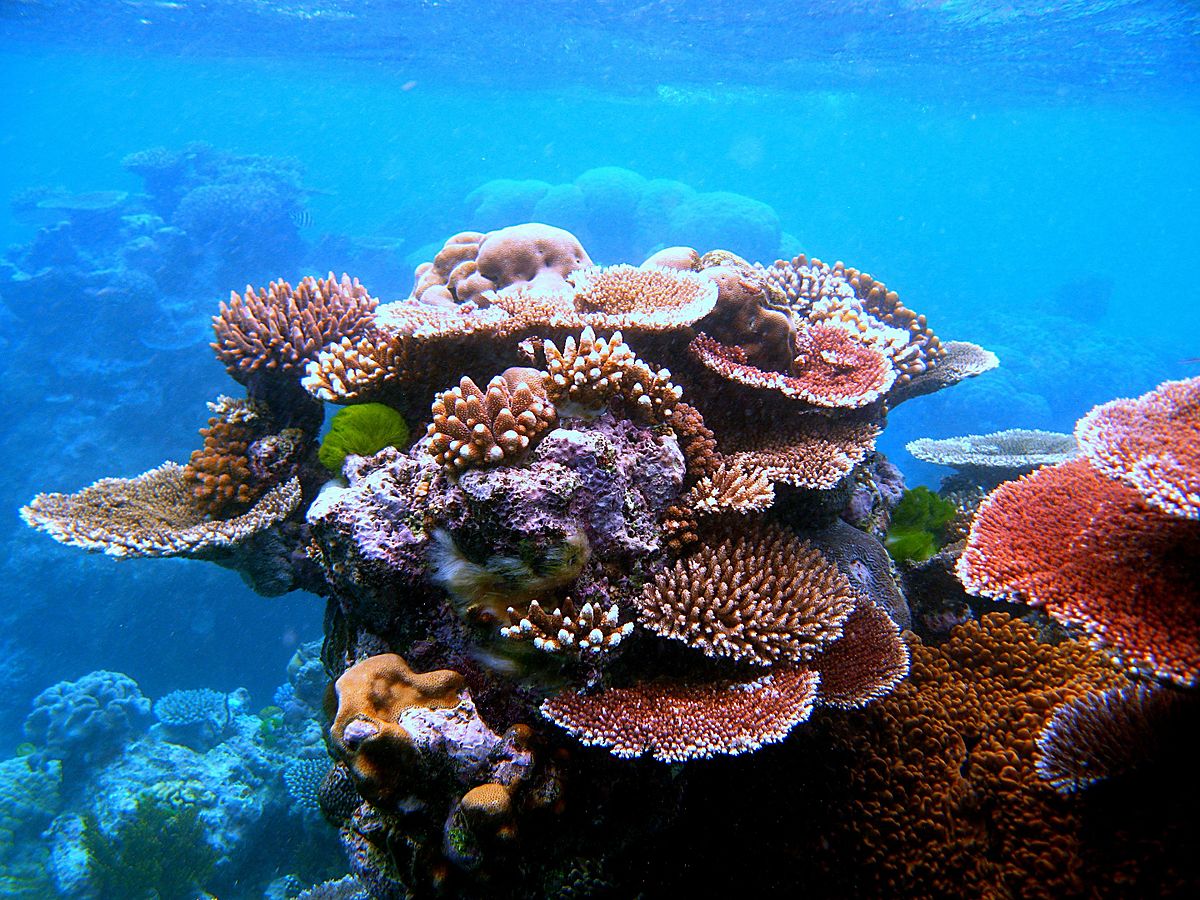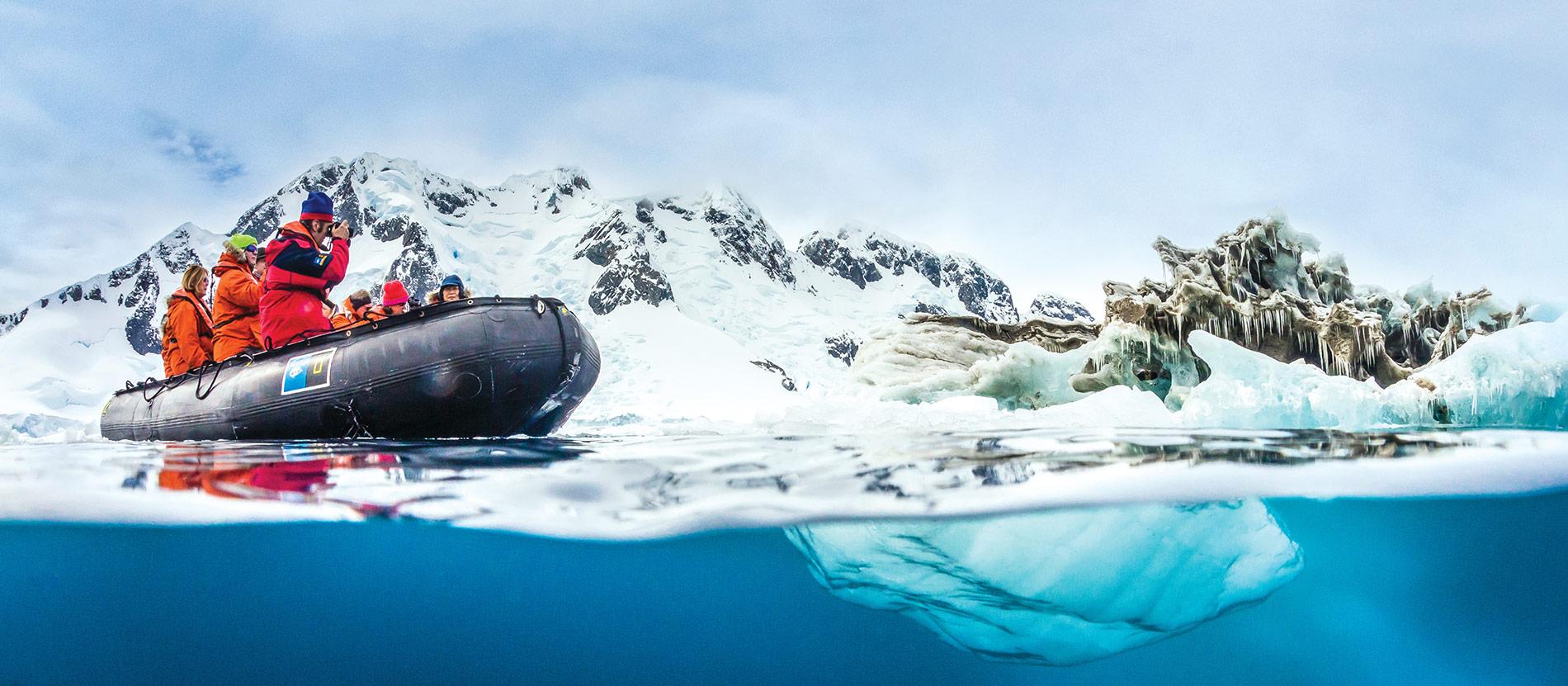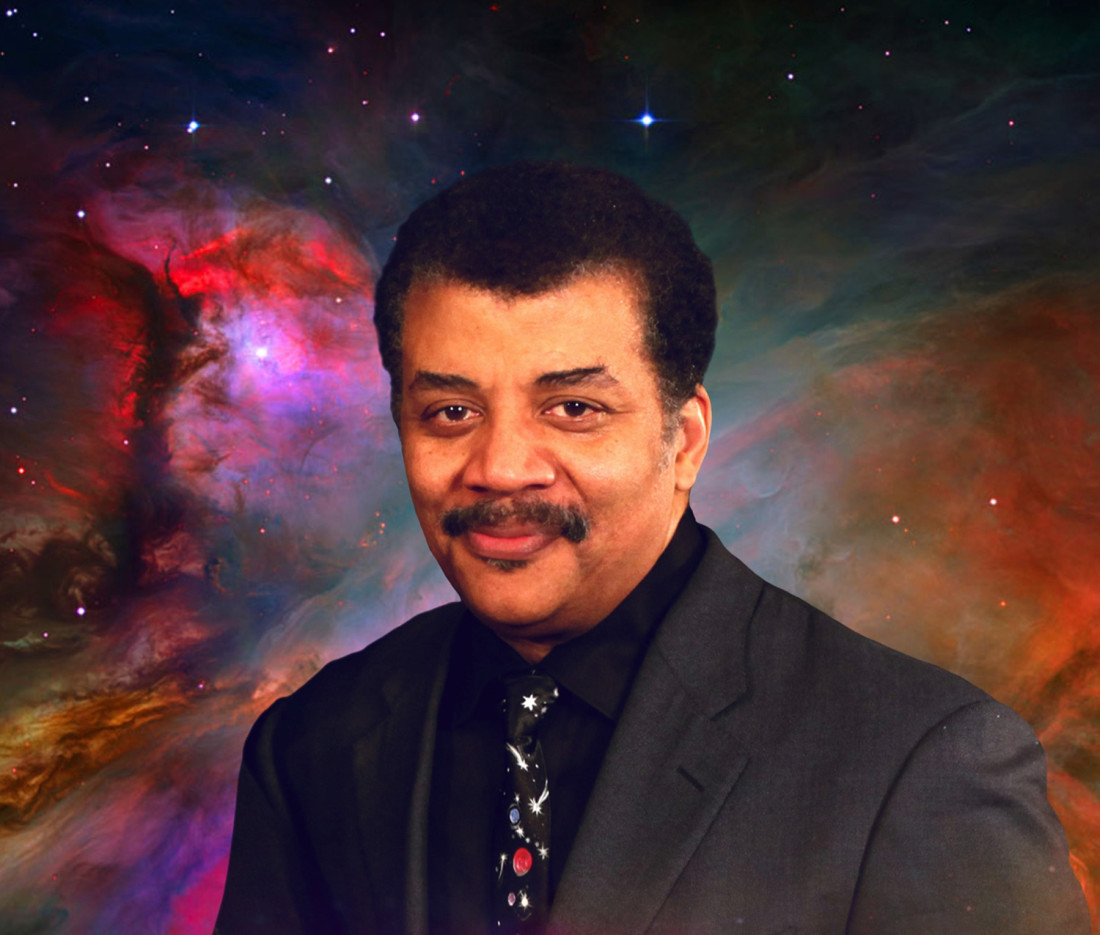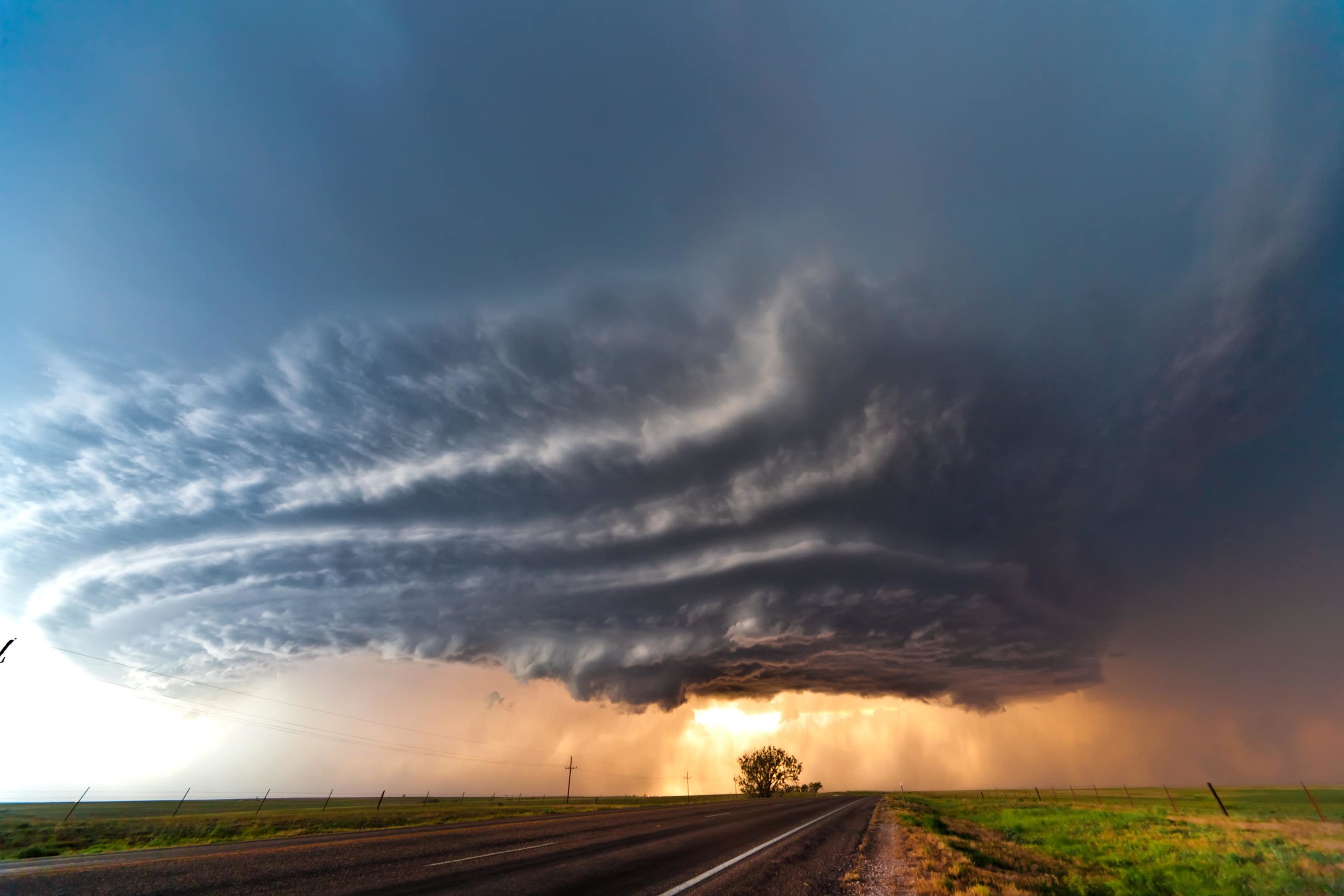The story of Earth is an epic filled with crises, catastrophes, and remarkable, repeated change. Earth traces its origin to simple atoms that were created in the big bang, transformed into heavy elements in stellar explosions, and then forged into a planet inside the nebula that gave birth to the solar system. Like many other planets, Earth went through phases of melting, volcanism, and bombardment by asteroids. But only on Earth did events lead to a flourishing biosphere—life. And once life was established, it drove the evolution of our planet in startling new directions.
